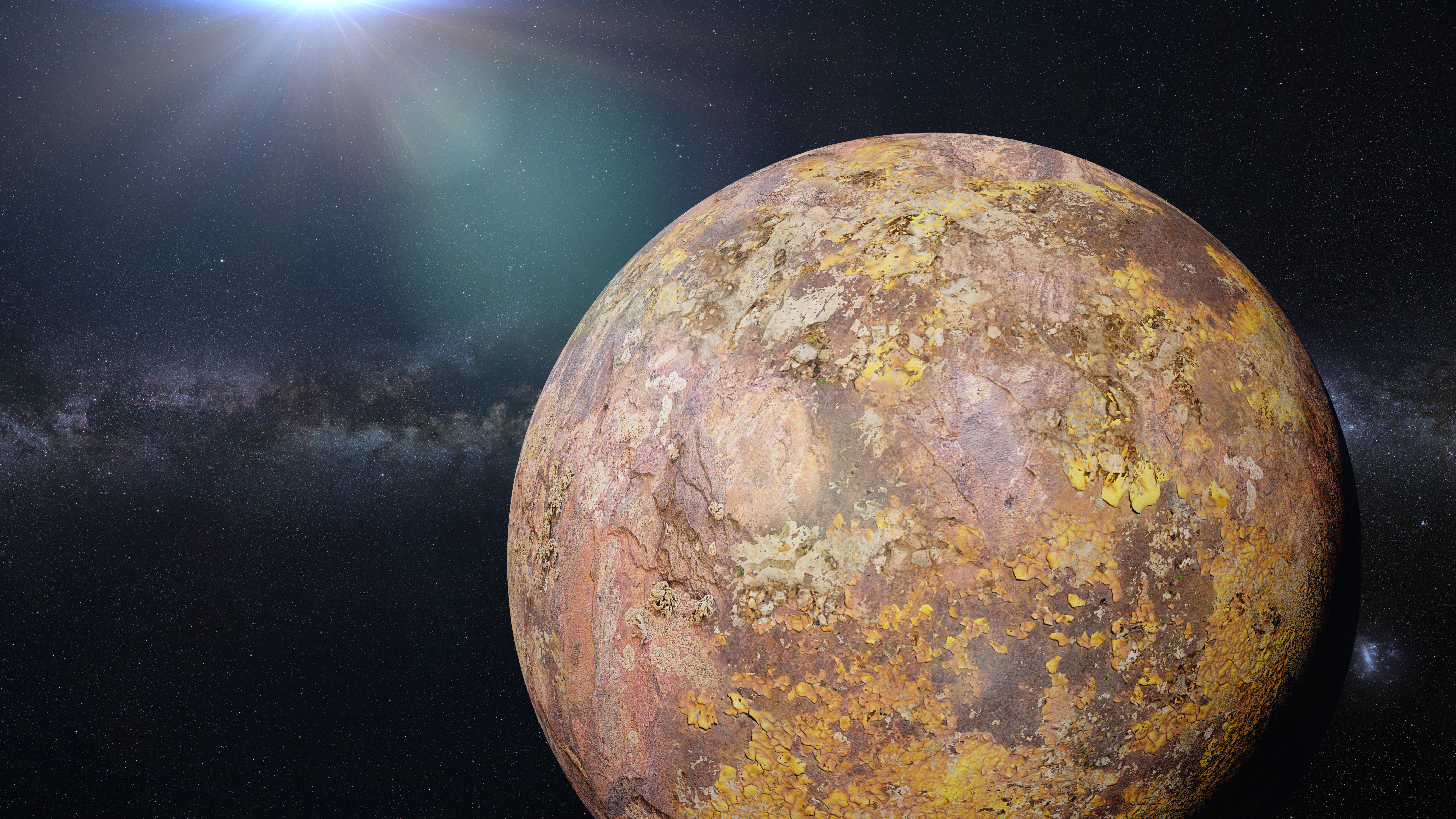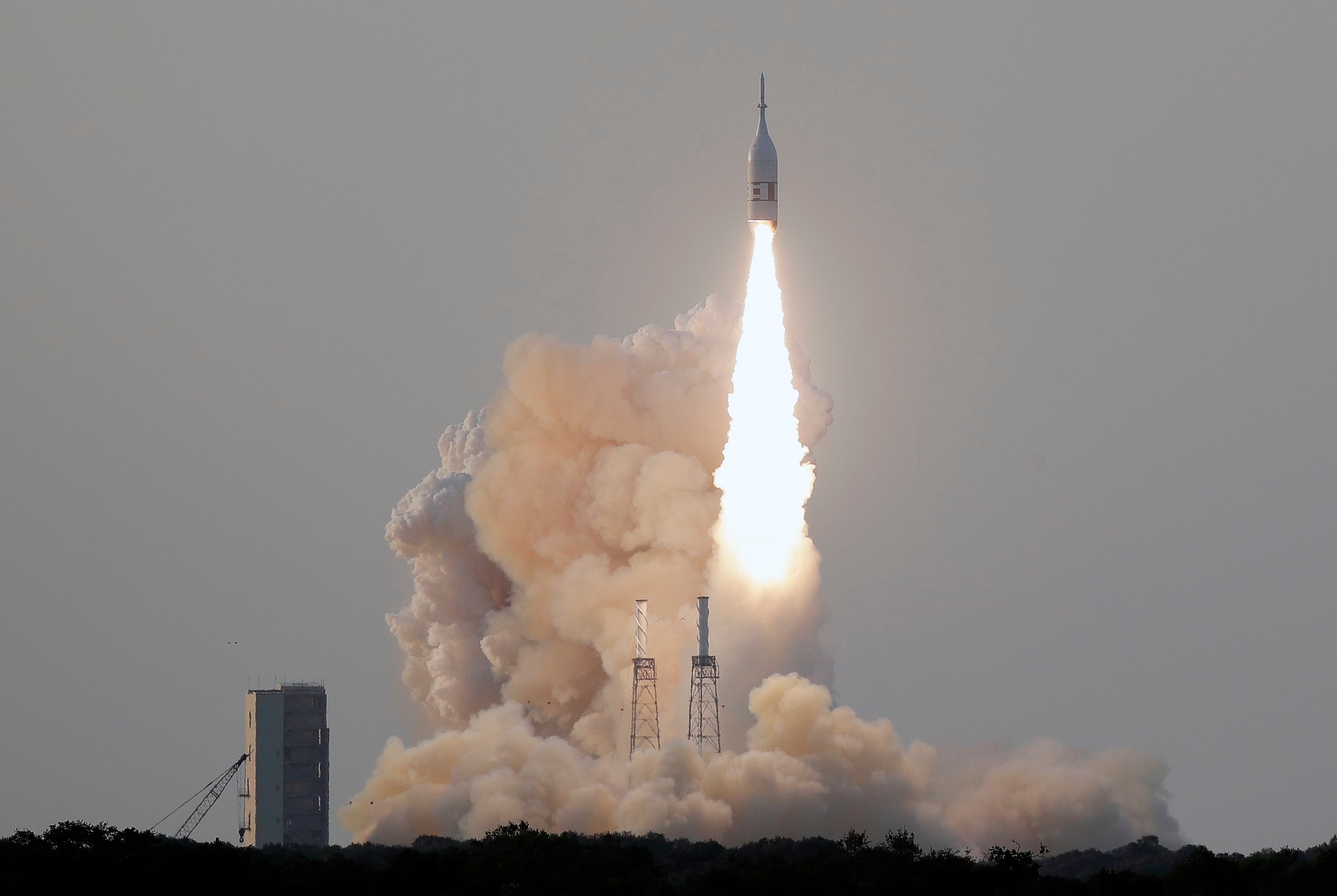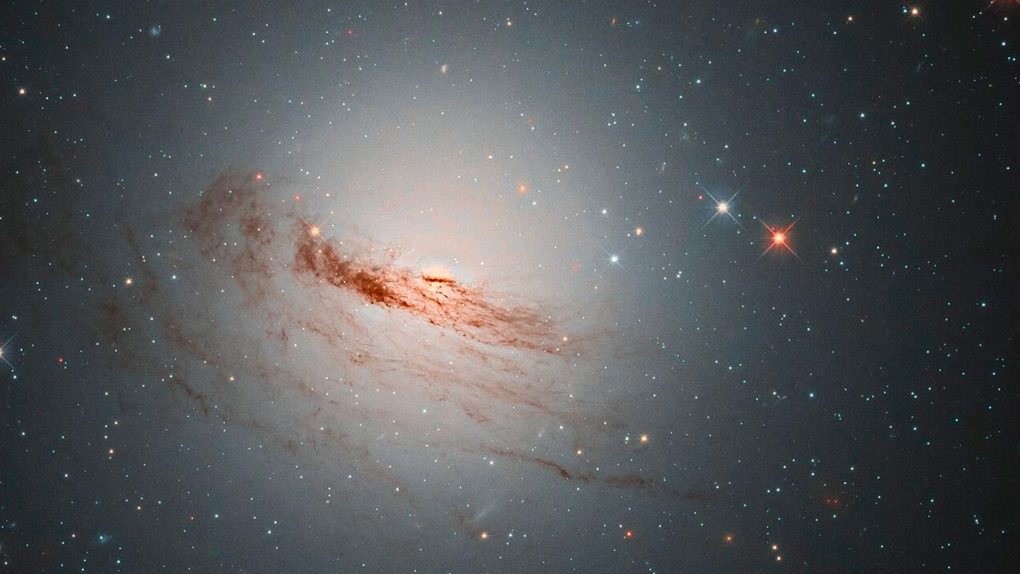Is there alien life out there? Humanity has asked that question many times over the years. However, a recent study has given us some interesting results. A trio of researchers conducted the study in late 2020. They used the Murchison Widefield Array to search areas of space for up to seven hours. The trio hoped to find some evidence of life beyond our own world by looking for broadcast signals at high frequencies of up to 155MHz.
This search for alien life turned up intriguing results

The array used to conduct the search is made up of 4,000 antennas in the Western Australian desert. The researchers listened in for any kind of alien “technosignatures”, or any kind of sign of alien life out there. Because the array can pick up low-frequency radio waves, they hoped it could give some kind of evidence of intelligent life on other worlds.
During the seven hours of listening, the group focused on the Galactic Center. The center has been a prime target for astronomers in the past because of all the stars it houses. More stars mean more chances for worlds capable of living and intelligent creatures. However, after seven hours of listening in on the Galactic Center, the researchers turned up absolutely nothing.
Continuing the search

But that isn’t the only search for alien life that they plan to do. A new search, which is the fourth they’ll have completed, will look for low-frequency signals in a new area of space. The new search area covers over 3.3 million stars, all of which were part of The Galactic Nucleus Survey (GNS). While that might seem like a lot of stars, it actually only makes up less than one percent of the total array the Murchison Widefield Array scanned during the new search.
The searched areas are also filled with space dust and other debris from stars, comets, and other celestial entities. As such, it could obscure signals the array might otherwise pick up on. The researchers also say there is another possibility. If there is alien life out there, and intelligent creatures exist on other planets, they could use different technology than we do. As such, the signals that they broadcast would be different. This means we might not be able to easily pick up on it or detect it at all.
It’s an interesting proposition and one that I’ll be intrigued to see more returns on. Is there really alien life out there? I guess it’s just a question we’ll have to continue to ask, at least for now. The full results of the search will be published in a future edition of Publications of the Astronomical Society of Australia. A current preprint is available on arXiv.








